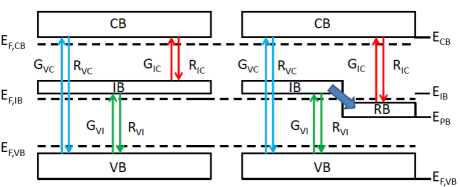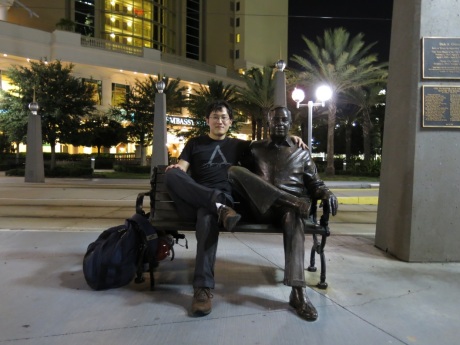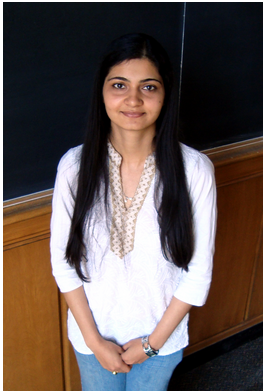The IEEE Photovoltaic Specialist Conference (PVSC) is renowned as one of the world’s largest photovoltaics (PV) conferences. It is also probably the oldest conference that is still been held annually. I was fortunate enough to have the opportunity to attend the conference this year, for the second time.
As the PV energy market is evolving from niche to mainstream, I’ve noticed some shift of focus in the topics of this year’s conference. The most noticeable would be the emphasis on the long-term reliability of PV systems. The very first plenary session on Monday morning was dedicated to PV reliability issues, with two talks covering both modeling and analysis of data collected from real field operations.
While crystalline silicon is still the dominant technology, exploration into new materials and concepts has never been slowed down. It is the same with this year’s conference. It is my area of interest to discover potential new technologies that can bring fundamental improvement to the conversion efficiency of the solar cells, or dramatically reduce the cost per watt. I’ve noticed that there was a session dedicated to III-V on silicon solar cells. This is very exciting since I’ve been working in the same area for nearly my entire postdoc period. Previously there has never been a separate session for this topic. Although still nothing revolutionary was reported even with a dedicated III-V on Si session, at least it shows that people are realizing the great potential of substituting expensive III-V or Ge substrates in a traditional multi-junction solar cell with a much cheaper Si substrate.
To give more insights on the latest development in this area, I have summarized some of the highlights from the III-V on Si sessions. The most noticeable one would be the big picture outlined by Alexander Haas et al. from Emcore and Ohio State University. They predicted 39% efficiency in the near-term for III-V on Si 3J solar cells with active Si bottom cells, and GaAsP and GaInP top cells, grown by monolithic approach, with GaP and GaAsP graded buffers between the GaAsP and Si sub-cells. In my opinion, this efficiency is shockingly high considering that the most successful monolithic multi-junction solar cells involving Si as the active cell reported so far are only 21% in efficient [1]. If it is true that 39% can be achieved in the near term, this may be one of the most exciting breakthroughs in multi-junction solar cell development in nearly two decades!
On the more practical experimental front, Andreas W. Bett’s group from Fraunhofer reported that direct epitaxial growth of a GaInP/GaAs dual-junction solar cell on a GaAsxP1-x buffer on silicon yielded a 1 sun efficiency of 16.4% (AM1.5g), and a similar device fabricated by semiconductor wafer bonding on n-type inactive Si reached already efficiencies of 26.0 % (AM1.5g). S. A. Ringer et al. from Ohio State University and University of New South Wales are tapping into the field of transitioning the buffered growth technique of GaInP/GaAsP on Si from MBE to MOCVD for potential high volume production capacity. More details on this topic can be found in references [2-4].
Among some other sessions that captured my attention, one would be the Fundamental and New Concepts session on Tuesday afternoon. Dr. Alex Zunger from University of Colorado presented a systematic approach to identify new PV materials with suitable properties. He proposed to filter candidate materials from tens of thousands of possible materials combinations from the periodic table with a first principle approach and then try to experimentally synthesize these candidate materials. As a promising example, he and his collaborators have succeeded in discovering a new transparent conductive oxide (TCO) material with this approach. See reference [5] for more details.
Also, as one of the best student presentation award finalist, Aaron Martinez from Colorado School of Mines presented his results on the synthesis of silicon clathrates. This material is essentially Si, but with a very special crystal structure, neither diamond structure nor amorphous structure as is typical. The most attractive feature of the silicon clathrates is that it can be tuned into a direct bandgap material, which means dramatically improvement in the efficiency if the material can be made into a perfect shape. Interested readers can find more details in reference [6].
There were a lot of takeaways from this conference. Tampa is a beautiful city with nice communities and beaches. This was an unforgettable experience.
-Jingfeng Yang
Research Associate
Department of Engineering Physics
McMaster University
References
[1] M. Umeno et al., Solar Energy Materials and Solar Cells, vol. 50, pp. 203–212, Jan. 1998.
[2] A. Haas et al., PVSC 39, Area 3-246, June 18, 2013
[3] F. Dimroth et al., PVSC 39, Area 3-245, June 18, 2013
[4] S. Ringel et al., PVSC 39, Area 1-942, June 21, 2013
[5] A. Zunger, PVSC 39, Area 1-235, June 18, 2013
[6] A. Martinez et al., PVSC 39, Area 1-236, June 18, 2013












